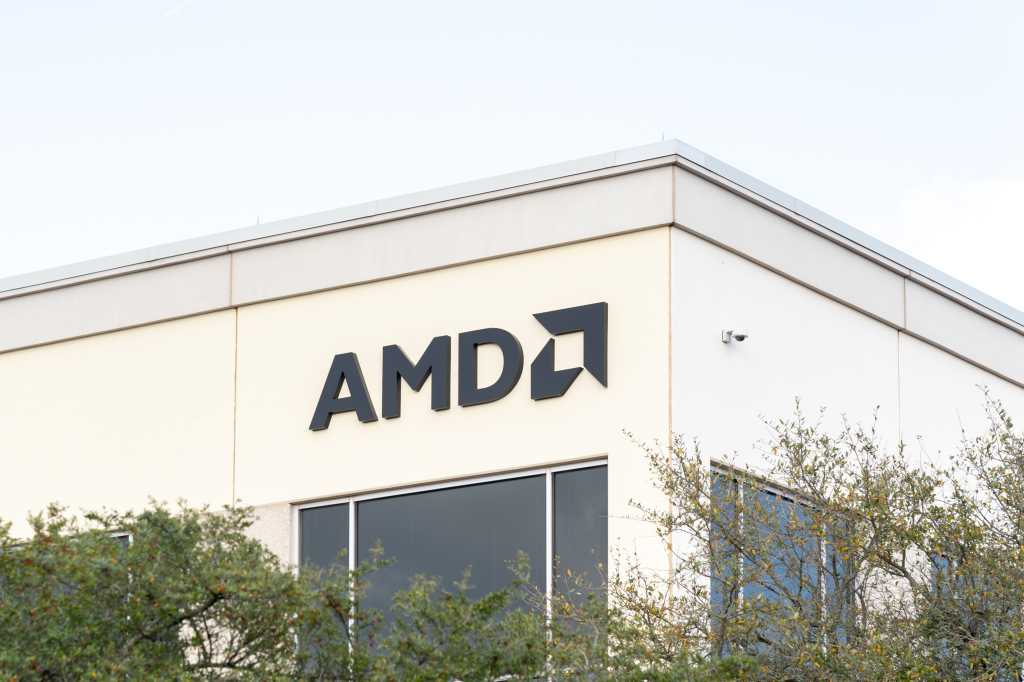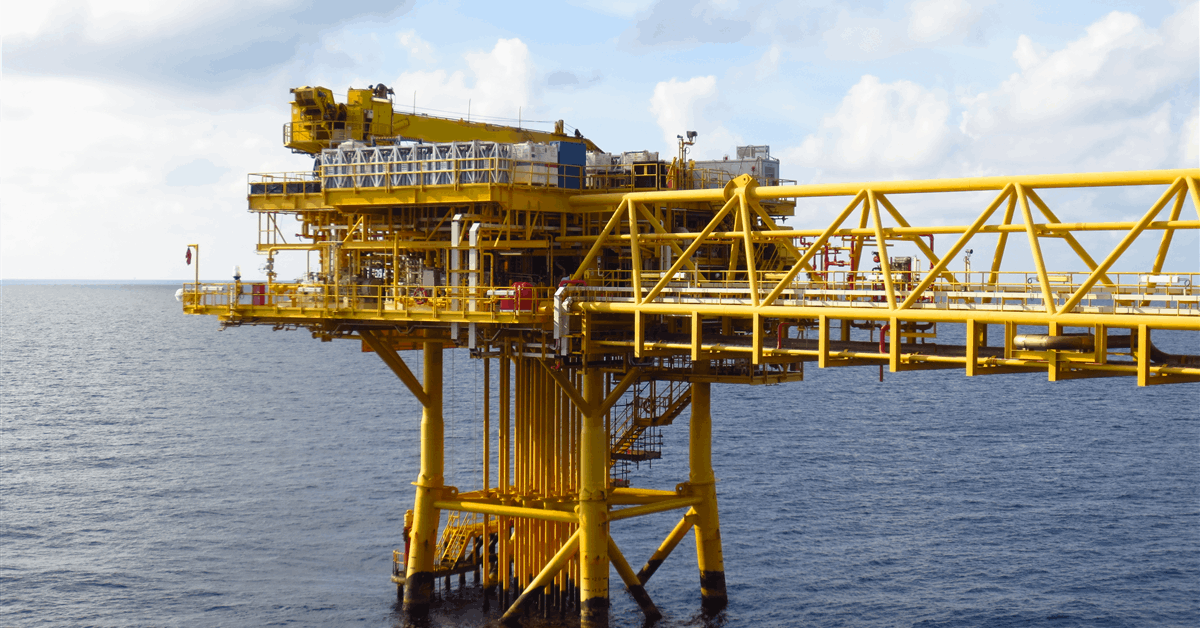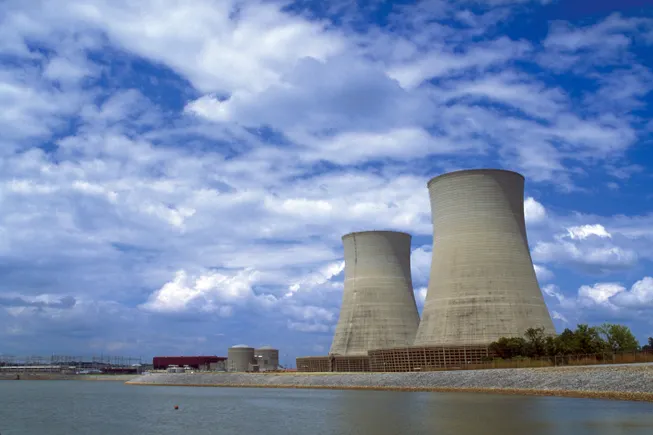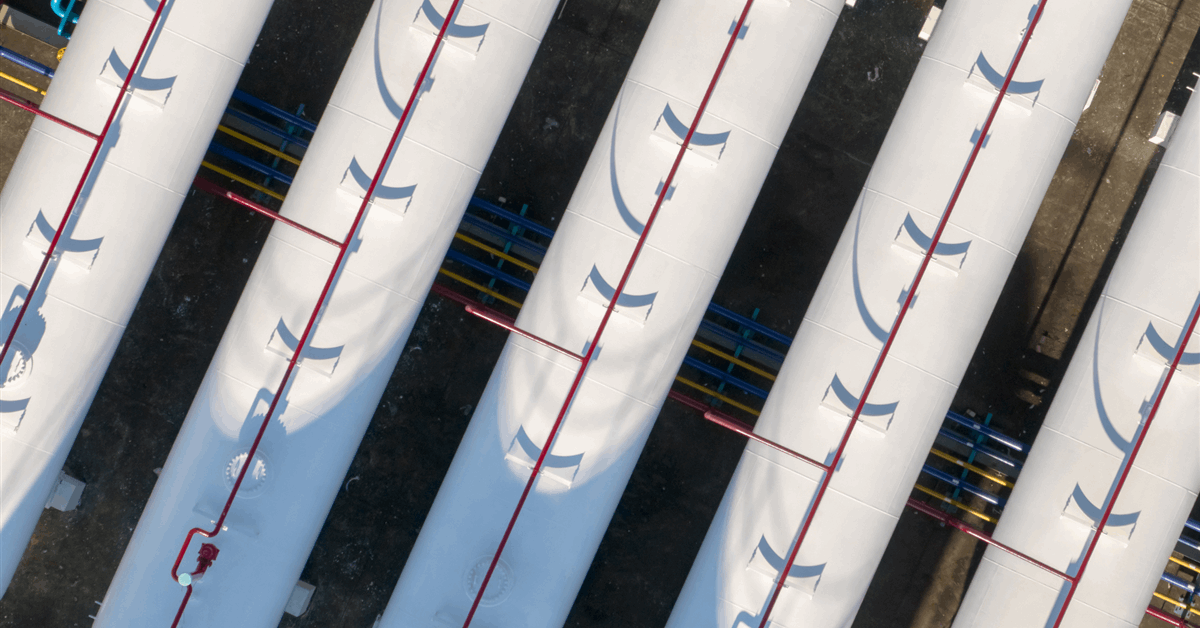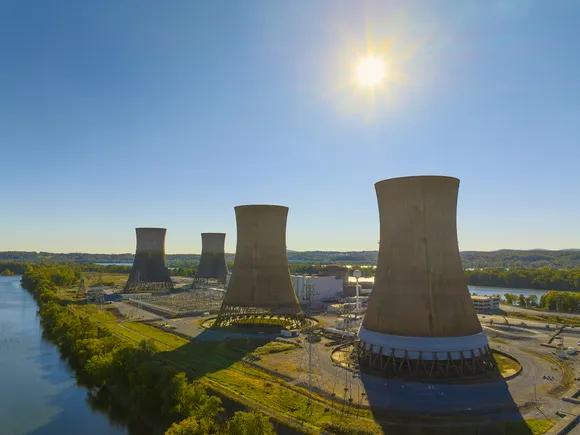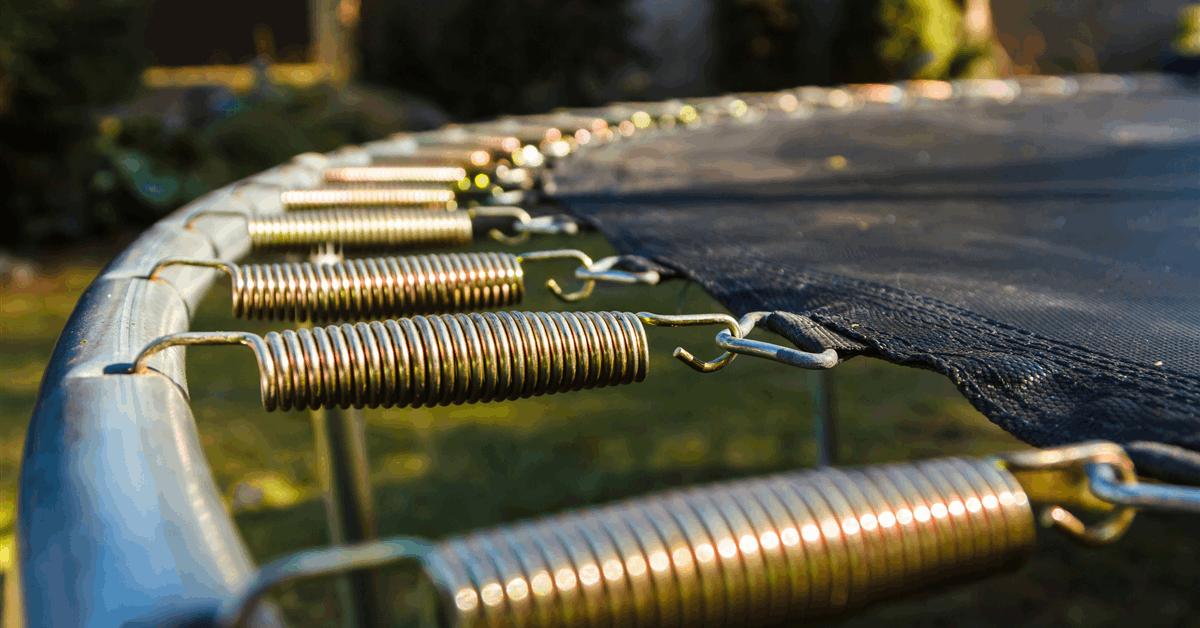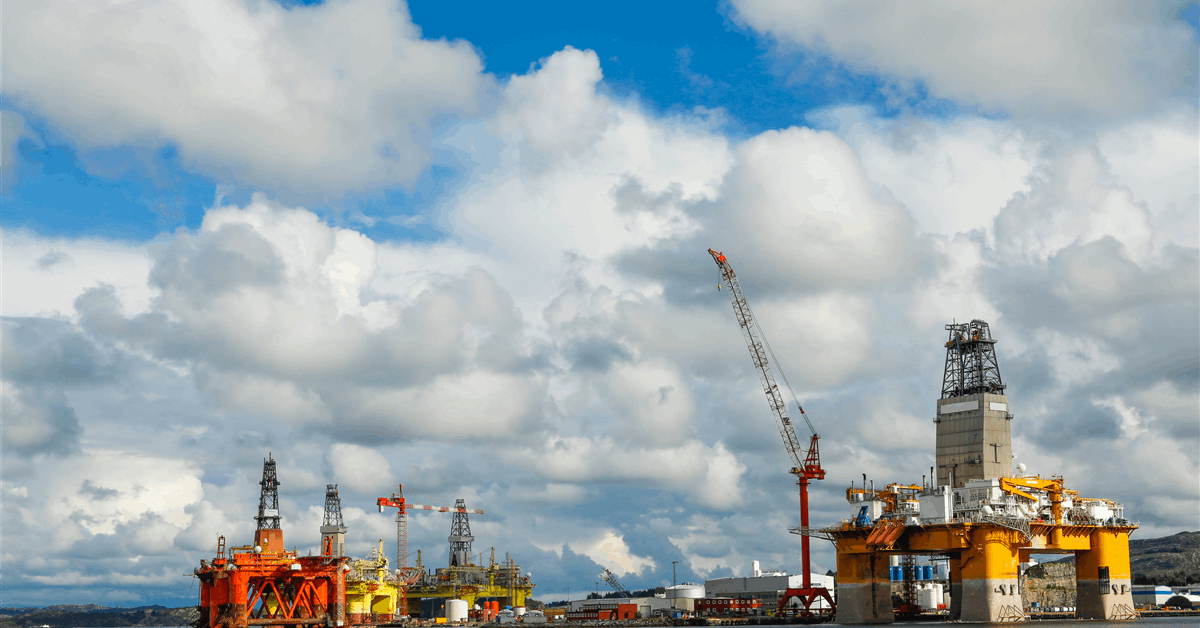
Two appraisal wells drilled by Equinor ASA in the North Sea about 20 kilometers (12.43 miles) east of the Troll A platform have shown a suitable reservoir for carbon dioxide (CO2) storage.
Wells 32/4-4 and 32/7-1, drilled in the Alphas and Gamma areas respectively, make up a potential injection site for the “Smeaheia” project. They are the first to be drilled under exploration license EXL002, awarded June 2022, according to the Norwegian Offshore Directorate.
They are also the second and third wells drilled to investigate the possibility of commercial CO2 storage in Norwegian waters, it said. The first, well 32/4-3 S, was also drilled by Equinor in 2019.
Well 32/4-4 aimed to investigate whether Lower and Middle Jurassic reservoir rocks in the Alpha area, where previous drilling encountered dry exploration wells, could store CO2. It was drilled to a vertical depth of 1,879 meters (6,164.7 feet) below sea level. The water depth was 315 meters.
Well 32/7-1 targeted Lower and Middle Jurassic reservoir rocks in the Gamma structure. It was drilled to a vertical depth of 2,036 meters below sea level. The water depth was 300 meters.
“Formation pressure data for both wells indicate that the rocks in the Cook and Johansen formations are somewhat depleted, while the depletion increases towards the Sognefjord Formation, where it is greatest”, the Directorate said.
“Extensive volumes of data have been acquired and samples have been taken from the reservoirs and cap rocks in the two wells. Four injection tests were also conducted in 32/7-1, as well as four injection tests in 32/4-4. The preliminary results are positive.
“The data will now be analyzed in greater detail, and the results will form part of the basis for future investment decisions in Equinor’s ‘Smeaheia’ storage project.
“The wells have been permanently plugged and abandoned”.
On March 5 the Energy Ministry designated a new area of the North Sea for application for licenses to explore the potential of CO2 storage. The acreage comprises defined blocks on the Norwegian side of the sea. The application window was to close April 23.
That was the eighth time acreage was offered for CO2 storage exploration or exploitation on the Norwegian continental shelf, according to the Directorate.
Norway has so far awarded 13 CO2 storage licenses: 12 for exploration and one for exploitation.
Licensing for CO2 storage is part of Norwegian regulations passed December 2014 to support CO2 storage to mitigate climate change.
The Norwegian continental shelf holds a theoretical CO2 storage capacity of 80 billion metric tons, representing about 1,600 years of Norwegian CO2 emissions at current levels, according to a statement by the ministry April 30, 2024.
In the latest awards two consortiums with Norway’s majority state-owned Equinor won two exploration licenses in the North Sea.
Equinor and London-based Harbour Energy PLC together won a permit straddling blocks 15/8, 15/9, 15/11 and 15/12. The permit, EXL012, lasts four years with three phases. Harbour Energy Norge AS holds a 60 percent stake as operator while Equinor Low Carbon Solution AS has 40 percent, according to a work program published online by the Directorate.
EXL013 went to a 50-50 venture between Equinor Low Carbon Solution as operator and Aker BP ASA, also a local company. The four-year, three-phase permit covers blocks 25/1 and 30/10.
To contact the author, email [email protected]
What do you think? We’d love to hear from you, join the conversation on the
Rigzone Energy Network.
The Rigzone Energy Network is a new social experience created for you and all energy professionals to Speak Up about our industry, share knowledge, connect with peers and industry insiders and engage in a professional community that will empower your career in energy.
MORE FROM THIS AUTHOR



